Description
Gelatin, colourless to light yellow solid, in powder, flakes or lumps. Glossy, odourless, tasteless. Relative molecular mass about 50.000-100.000. relative density 1.3-1.4. insoluble in water, but when immersed in water, it can absorb 5-10 times the water and swell and soften. if heated, it dissolves into a colloid and becomes a gel when cooled to below 35-40°C. if the aqueous solution is boiled for a long time, the nature changes due to decomposition and no longer forms a gel after cooling. Insoluble in ethanol, ether and chloroform, soluble in hot water, glycerin, propylene glycol, acetic acid, salicylic acid, benzodicarboxylic acid, urea, thiourea, thiocyanate and potassium bromide, etc. It does not coagulate at concentrations below 5% and usually forms a gel at 10% to 15% of the solution. The temperature of gelation varies with concentration, co-existing salts and pH. Viscosity and gel strength vary depending on the relative molecular mass distribution and are also influenced by pH, temperature and electrolytes. If the solution is exposed to formaldehyde, it becomes an irreversible gel insoluble in water. The product is susceptible to moisture absorption and spoilage due to bacteria and care should be taken when storing it. When hydrolysed, various amino acids are obtained.
Application
Edible Gelatin. It is an important ingredient and additive in the food industry. It is often used as a gelling agent, stabilizer, emulsifier, thickener and clarifier in the production of meat products, cakes, ice cream, beer, juice, etc.
Biofilm materials. The most studied gelatin-based membrane materials at home and abroad are mainly chitosan-gelatin blend membranes, gelatin-silk fibroin blend membranes, polylactic acid-gelatin blend membranes, and polyvinyl alcohol-gelatin blend membranes. The physical and chemical properties of gelatin are improved, and the gelatin-based polymer membrane material is more functional.
Medical fiber. Blending spinning with other composite materials Chemicalbook and gelatin to improve the mechanical properties of gelatin-based medical fiber materials.
Organization repair and replacement. The use of gelatin-based composite materials as scaffold materials for tissue engineering and signal molecule carriers is one of the current research hotspots in biomaterials. The gelatin solution forms a hydrogel after cross-linking. The water in it is a porogen, which forms a porous scaffold material after freeze-drying. The porosity and pore size can be adjusted by changing the freezing parameters. Therefore, ideal gelatin-based tissue engineering materials can be designed according to different tissue repair requirements.
Industrial gelatin. Used in the manufacture of fiber textiles, insulating materials, paper, holographic materials, etc.
Specifications
esting Items | Specifications | Results |
Appearance & Color | Yellow or light yellow granule | Complies |
Jelly Strength (6.67%) | ≥220bloom | 220bloom |
Viscosity (6.67% 40℃) | ≥3.9Mpa.s | 4.3Mpa.s |
PH (1%) 40℃ | 5.5-7.0 | 6.0 |
Moisture | ≤12% | 10% |
Ashes (600℃) | ≤2.0% | 0.2% |
Clarity 5% | ≥400mm | 420mm |
Sulphur dioxide | ≤10mg/kg | 8mg/kg |
Cadmium | ≤0.1ppm | 0.01ppm |
Lead | ≤2 ppm | 1.6ppm |
Arsenic | ≤1 ppm | 0.3ppm |
Mercury | ≤0.05ppm | 0.01ppm |
Mesh | 8-60mesh | 30 mesh |
Insoluble substance in water | ≤0.10% | 0.001% |
Type of Packaging
25Kg/Drum
Certifications
ISO 9001. ISO 22716. cGMP certified
Kosher, Halal certified
Shipping Information
MOQ: (Due to the nature of chemical transportation, please consult the sea trade manager for details!)
Port of Loading: CHINA - Shanghai Port, Ningbo Zhoushan Port, Guangzhou Port, Qingdao Port, Tianjin Port, Dalian Port, Xiamen Port, Lianyungang Port (can be ensured according to the requirements of customers)
Delivery Time: 4-6 weeks, depending on order size and destination
Payment Terms
L/C, D/P, T/T at buyer’s cost
Sample available on request
Multiple Names
gelfoam
Galfoam
Gelatin
Gelatins
gelatinfoam
BOVINEGELATIN
PORCINEGELATIN
Edible gelatin
HSA Minispheres
Gelatin, granular
TELEOSTEAN GELATIN
PRIONEX(R) GELATIN
absorbablegelatinsponge
- Random Content
- Hot content
- Hot review content
- High Quality Sodium silicate 99% Water glass
- High-strength, High-precision Shock Tube Detonator
- Sodium Peroxide
- Citric acid-Food Grade
- Food Grade Ammonium Sulphate
- Triethanolamine(TEA)
- Caprylic/capric triglyceride
- 1Discounted Sodium Cyanide (CAS: 143-33-9) for Mining - High Quality & Competitive Pricing
- 2China's New Regulations on Sodium Cyanide Exports and Guidance for International Buyers
- 3Sodium Cyanide 98% CAS 143-33-9 gold dressing agent Essential for Mining and Chemical Industries
- 4International Cyanide(Sodium cyanide) Management Code - Gold Mine Acceptance Standards
- 5China factory Sulfuric Acid 98%
- 6Anhydrous Oxalic acid 99.6% Industrial Grade
- 7Oxalic acid for mining 99.6%
- 1Sodium Cyanide 98% CAS 143-33-9 gold dressing agent Essential for Mining and Chemical Industries
- 2High Quality 99% Purity of Cyanuric chloride ISO 9001:2005 REACH Verified Producer
- 3Zinc chloride ZnCl2 for High Molecular Weight Polymers Initiator
- 4High Purity · Stable Performance · Higher Recovery — sodium cyanide for modern gold leaching
- 5High Quality Sodium Ferrocyanide / Sodium Hexacyanoferr
- 6Gold Ore Dressing Agent Safe Gold Extracting Agent Replace Sodium Cyanide
- 7Sodium Cyanide 98%+ CAS 143-33-9

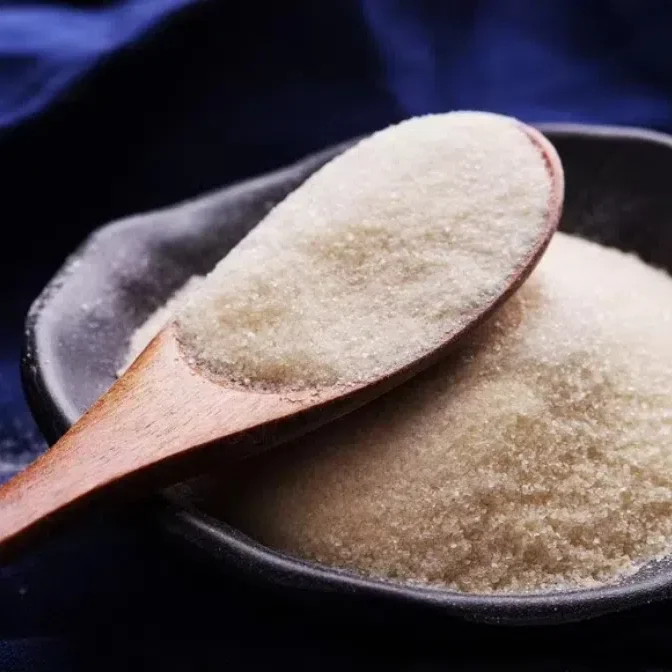
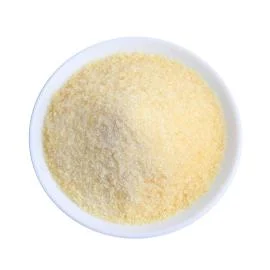
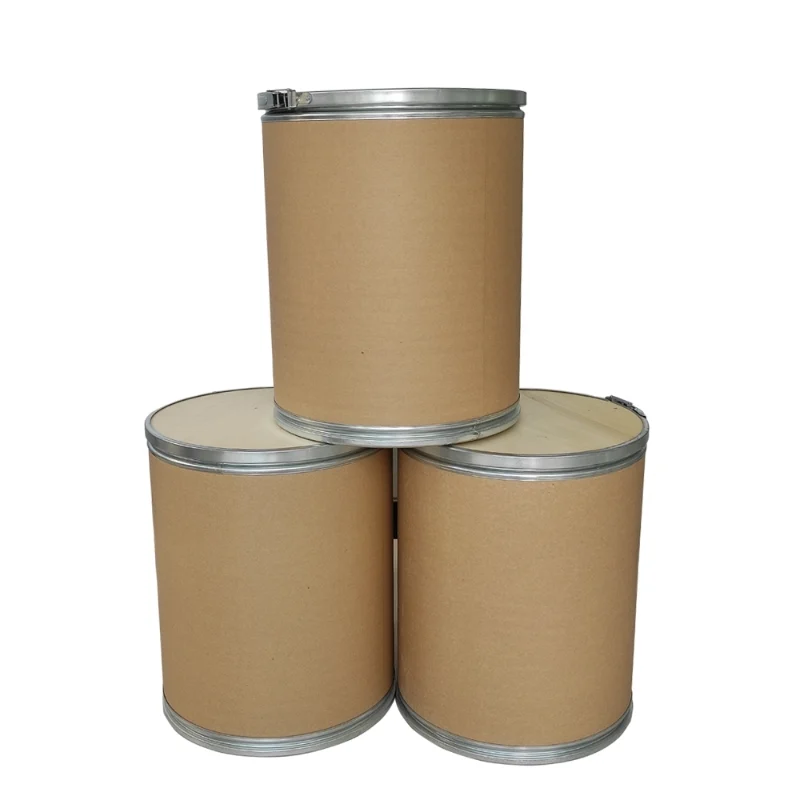


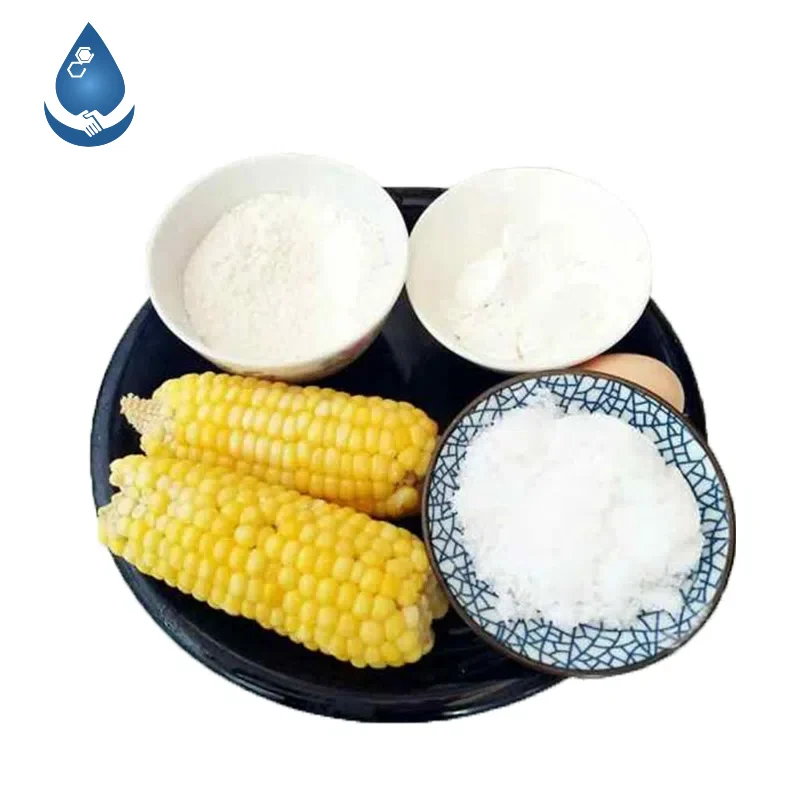
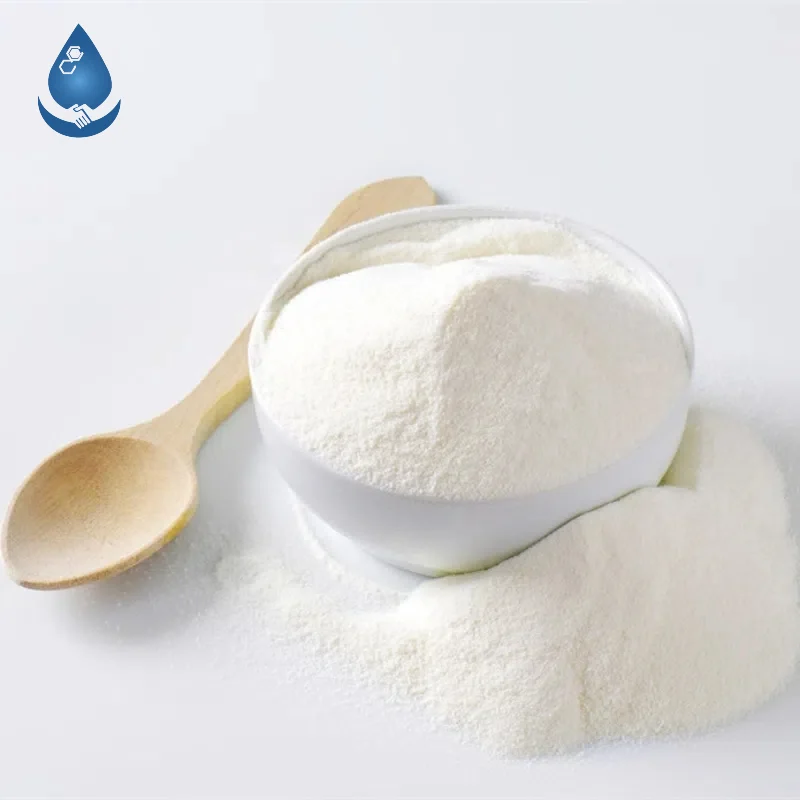
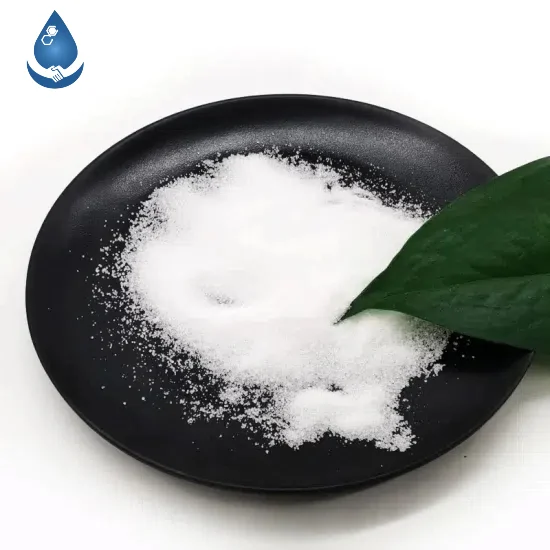
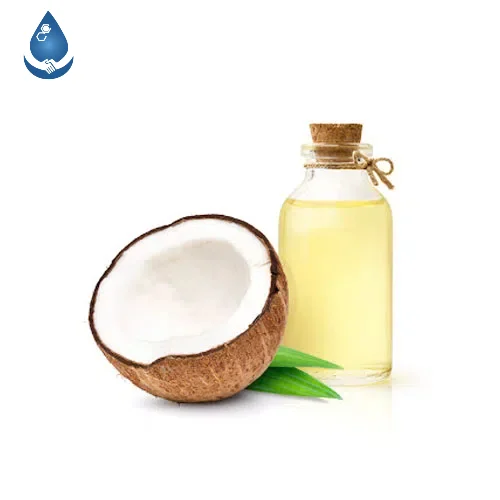
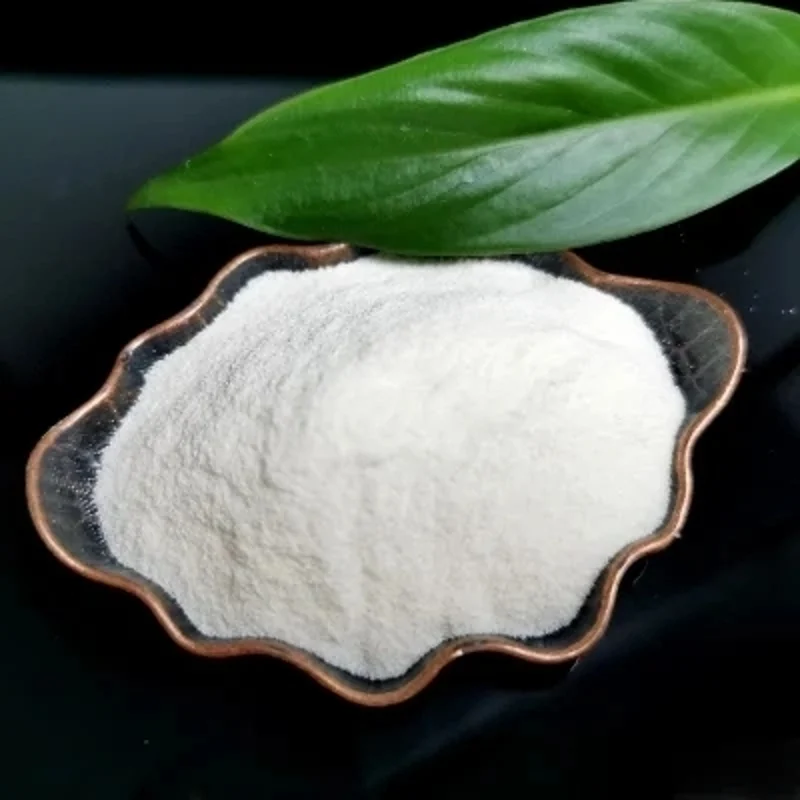
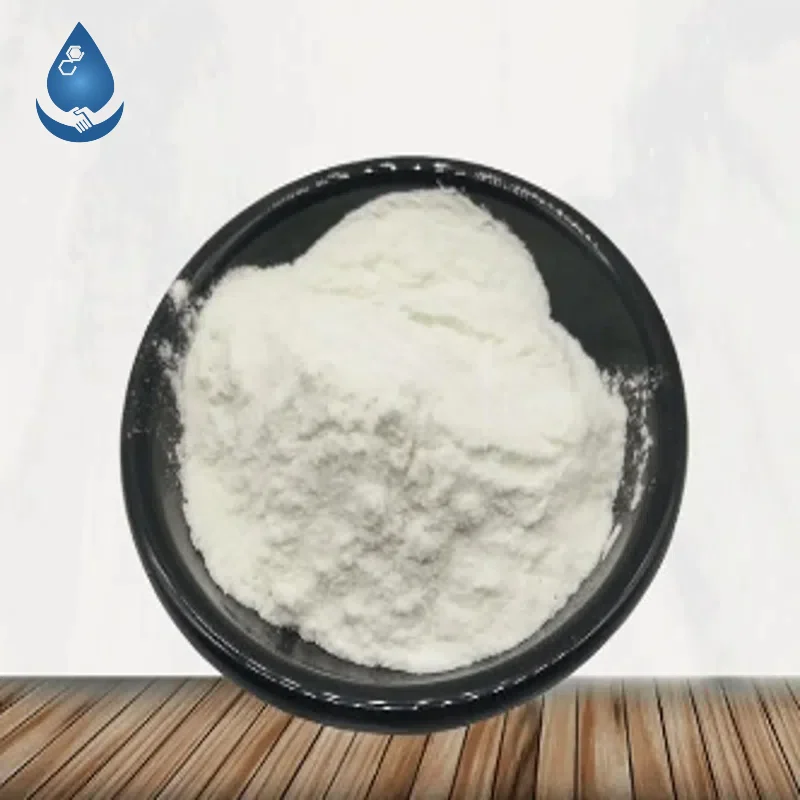
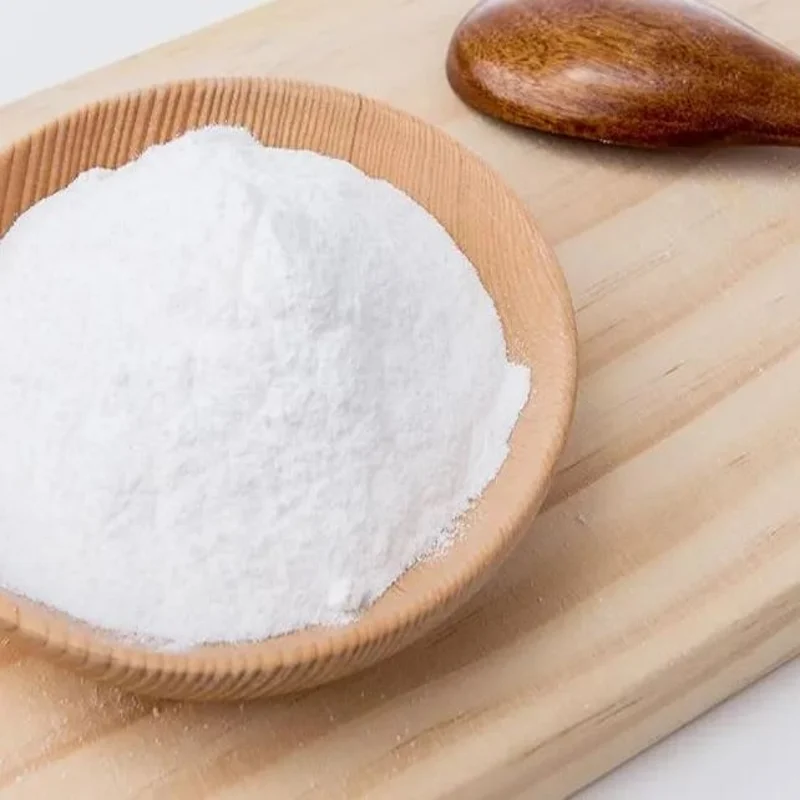


Online message consultation
Add comment: